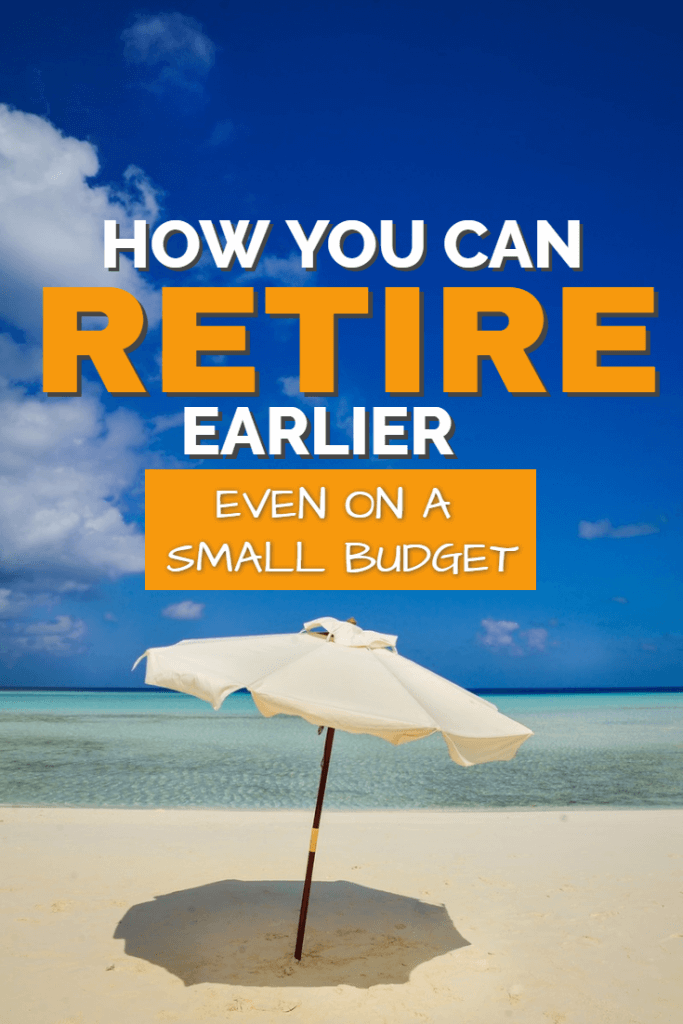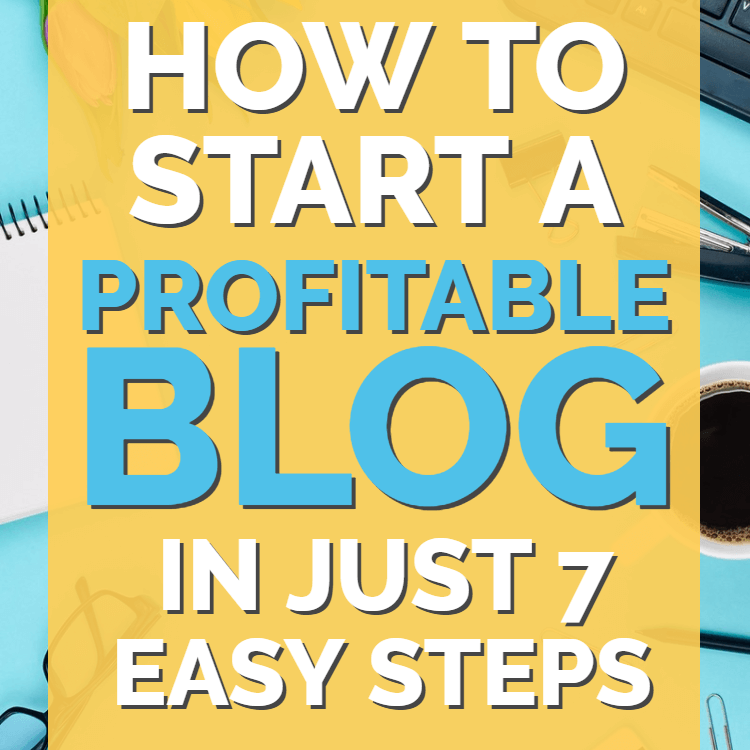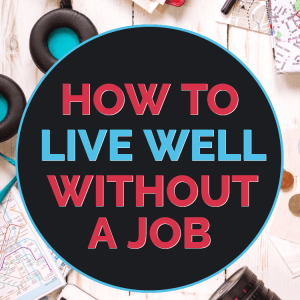Contents
Early retirement; it’s what so many of us long for, so that we can finally sever our ties to “the man” and follow our passions instead.
No more being tied to a job, with all the responsibilities and requirements that entails.
No more getting up while you’re still tired, no more office politics, no more “wasting” time on projects that you’re not passionate about.
No, early retirement is freedom.
And whether you choose to relax, travel and simply spend more time with your family, or you want to keep busy with charity work or setting up your own business, none of this is possible until you become financially independent.
The Problem with Early Retirement
Retiring early is possible. People do it all the time. And not just people earning huge sums of money; even average people like you and me are capable of becoming financially independent with the right information and a little self discipline.
It’ll take time and effort, but based purely on the numbers it’s entirely possible.
However here’s the problem as I see it; while there are many articles out there praising those people who have achieved early retirement, there aren’t quite as many “practical guides” that will help you to put a plan in place. A plan that virtually guarantees success; and with it, early retirement.
The goal of this article is therefore to discuss the process of early retirement. We’re going to look at the financials at a very basic level, set some retirement goals, and then try to formulate a plan that will take you from where you are now to where you want to be in the coming years.
By the end of this article you should have a pretty decent idea of where you stand right now and what you need to be achieving to make your goals a success.
Step 1: The Target Monthly Figure
The first question you’re going to need to answer is how much money you’ll actually need (or want) at retirement.
Remember that “retirement” can be a flexible word.
It doesn’t necessarily mean that you expect to never work another day in your life. While that may be the case, it’s just as likely you’ll work part time at a job you’re passionate about or start your own business. You may, therefore, still have some form of regular income.
Think also about your home. Are you planning to pay off your mortgage as soon as possible, and so eliminate this monthly expense? Alternatively, will you still have a mortgage that will need factoring into your target figure? While paying off your mortgage early will significantly reduce your monthly expenses, it may delay your retirement a little, due to the extra funds necessary.
Also ask yourself what you’re hoping to achieve at retirement. If you want to travel the world you’ll probably need far more money than if you simply want to spend your days gardening, painting, riding your bike and hanging out with your friends.
What you’re looking to do is to make an educated guess at the monthly sum of money you think you’ll need in retirement. For ease, try basing it on what you’re spending right now, adjusted for retirement. You may spend less on commuting, for example, but more on travel. You may spend less on child care but more on healthcare and so on.
Spend some time going over your last few months expenses and set yourself a target monthly figure that you think you could comfortably live on. Then add 20% to this just as a “buffer”.
Step 2: The Target Investment Fund
There is a simple formula that will let you take this estimated monthly income requirement and turn it into an investment fund size.
Based on historical, long term stock market growth combined with interest rate and cost of living increases, most experts recommend multiplying this target income by 300.
The figure you calculate is how much money you’ll need in savings and investments to obtain the income you settled on earlier.
Depending on how frugal you are, this figure is normally in the hundreds of thousands range, sometimes into the millions. Appreciate that the higher the number, the longer you’re going to have to save for (or the more you’re going to have to save each month).
That means that depending on your personal comfort levels you may at this point want to consider readjusting the figure from step #1 if the figure calculated here seems too extreme.
Step 3: The Target Date
When would you like to retire, realistically? If you have zero savings and a meagre net worth it’s fair to say you won’t be retiring tomorrow, so try to be realistic about your retirement goals.
If you have savings, how does 10 years sound? Would you rather retire earlier? If you’re young, you may be willing to work for longer, especially if you enjoy your job or have big, expensive goals for your retirement.
Equally, appreciate the magic of compound interest. A few more years of work can make a massive difference to the eventual nest-egg you build. So set a target that seems reasonable to you, but appreciate the need for flexibility here to take your goals from theory to practical reality.
Step 4: The Simple Division
Now you know when you’d like to retire, and how much you’ll need in savings, doing the math is pretty simple.
Divide the total investments you’ll need by the time between now and your imagined early retirement to figure out how much you’ll need to save on a weekly or monthly basis.
At this point you could find yourself faced with an insurmountable figure. My own calculations suggest I’ll need to save just under $5,000 a month from now on; that’s an awful lot of cash to come by. Whatever your situation, it’s likely the figure you calculated isn’t going to be easy.
At this point then you might want to consider making some modifications to your assumptions. Maybe drop your monthly income goals or prolong the time working to see how this affects the monthly savings goal.
Once you’e settled on a goal you’re happy with, and so have a savings goal set in stone, all you need to do is to do everything in your power to put this money away safely, never to be touched again. Every penny you put in gets you closer to this goal.
Are you planning to retire early? How many years away is your target date? Please leave a comment below with your thoughts…











Add comment